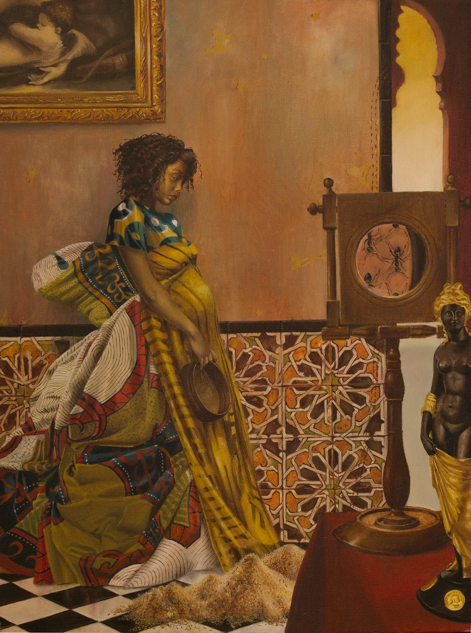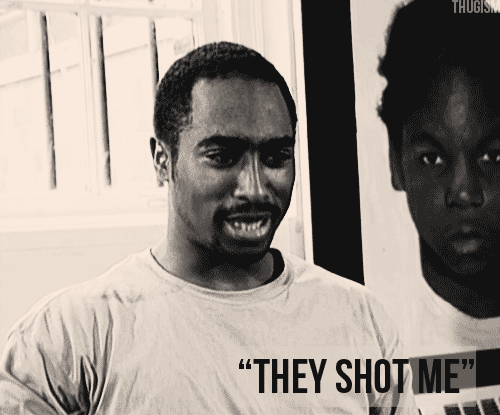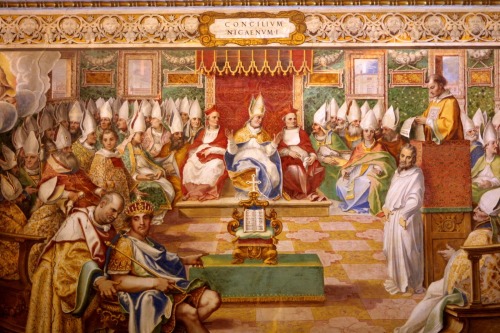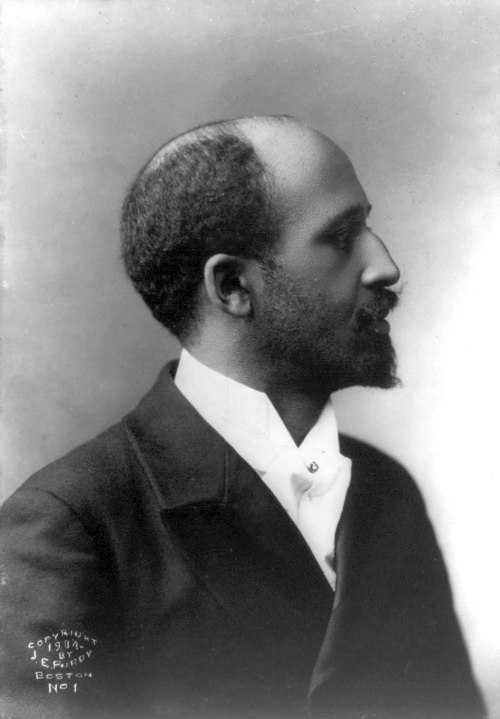General Joseph Warren statue, 1904, with the Hotel Warren in the background. (BPL Flickr photo group).
(
edited to add a link to a Boston Globe article and contemporary photo of the statue, 1/11/2013)
Staying in Roxbury, we're going to honor the memory of General Joseph Warren, lament the loss of Warren square, and consider the, ahem, relocation of his statue. Joseph Warren was born in Roxbury in 1741. He became a doctor, and played an active role in events leading up to the American revolution. Warren authored the Suffolk Resolves and served as President of the Massachusetts Provisional Congress. It was Joseph Warren who sent Dawes and Revere to warn John Hancock and Samuel Adams that the British were on their way to Lexington. He was appointed to the rank of Major General (they did things like that in those days), but chose to serve in the front lines at Breeds Hill, where he was killed in the third assault when he was recognized by a British officer and shot in the head. In death, Warren was memorialized as the first martyr of the revolution.
Warren square, Roxbury, 1931.
The Warren homestead was in Roxbury along what is now Warren street. Warren street is one of the original roads of Roxbury; it shows up in the earliest listing of roads, in 1662. In 1825, during another comprehensive listing of roads, it was renamed Warren street. The Warren house shown in the 1931 map above was built by Joseph Warren's nephew. John C. Warren in 1841. Like both his uncle Joseph and his father John Warren, John C. was a doctor. John Warren was one of the founders of Harvard Medical School, and served on the faculty. His son, John C. Warren, took his father's place on the faculty, and was one of the leading surgeons of his day.
The Warren house, 1850.An omnibus races up Warren street, a man rides on horseback, and dogs wander the street.
Ceremony at Warren square, circa 1940s. Note that a tree has grown up directly in front of the General.
In 1902, a statue of Joseph Warren was placed on an island in what became Warren square, within sight of the old Warren house. The photo above shows the community out to honor General Warren. A schoolboy band, scouts, a military contingent and dignitaries are observed by a small crowd.
General Warren statue postcard, showing the New Jerusalem church, home to a Swedenborgian congregation.
During the 1960s, the intersection was reworked, removing the triangular island that once housed the Warren statue. The buildings on the west side of Warren square are all gone, in including the handsome Hotel Warren building and the Swedenborgian New Jerusalem church. And gone, also, is the statue of Joseph Warren. So where did it go?
The story is that on a tour of City of Boston facilities, an alumnus of Roxbury Latin school noticed the statue of Warren in a garage somewhere. As it wasn't being shown, and as Warren was himself an alumnus of the school, the gentleman made inquiries as to whether the statue might temporarily be moved to Roxbury Latin, now located in West Roxbury. As the old home of the statue had disappeared, and as there was no apparent interest by current Roxbury residents in a statue of a dead white guy, the statue was duly sent to West Roxbury, where it sits to this day. There have been calls to bring Joseph Warren's statue home, but with little community support, he stays at Roxbury Latin, overlooking Centre and Spring streets and St Theresa's church. A
Boston Globe article from 2011 discusses the movement of the statue to West Roxbury in 1969, and provides a photo of the statue in its current location.
Posted Comments:
Dear Good Old Boston:
Question: so how did it get to the garage? That's a big part of the question "where did it go?" No? (smile). And there is more to the "current Roxbury residents" story (smile). The current Warren/Moreland Roxbury residents are, yes, largely african-american and very likely yes 'don't want a dead white guy' but he is more than that. He purchased & owned an African boy, and because of patterns of racial power politics in the city (held over from that time) residential changes to the Dudley Sq. area could again, put Gen. Warren back in racial 'fashion' sooner than one might think (smile).









